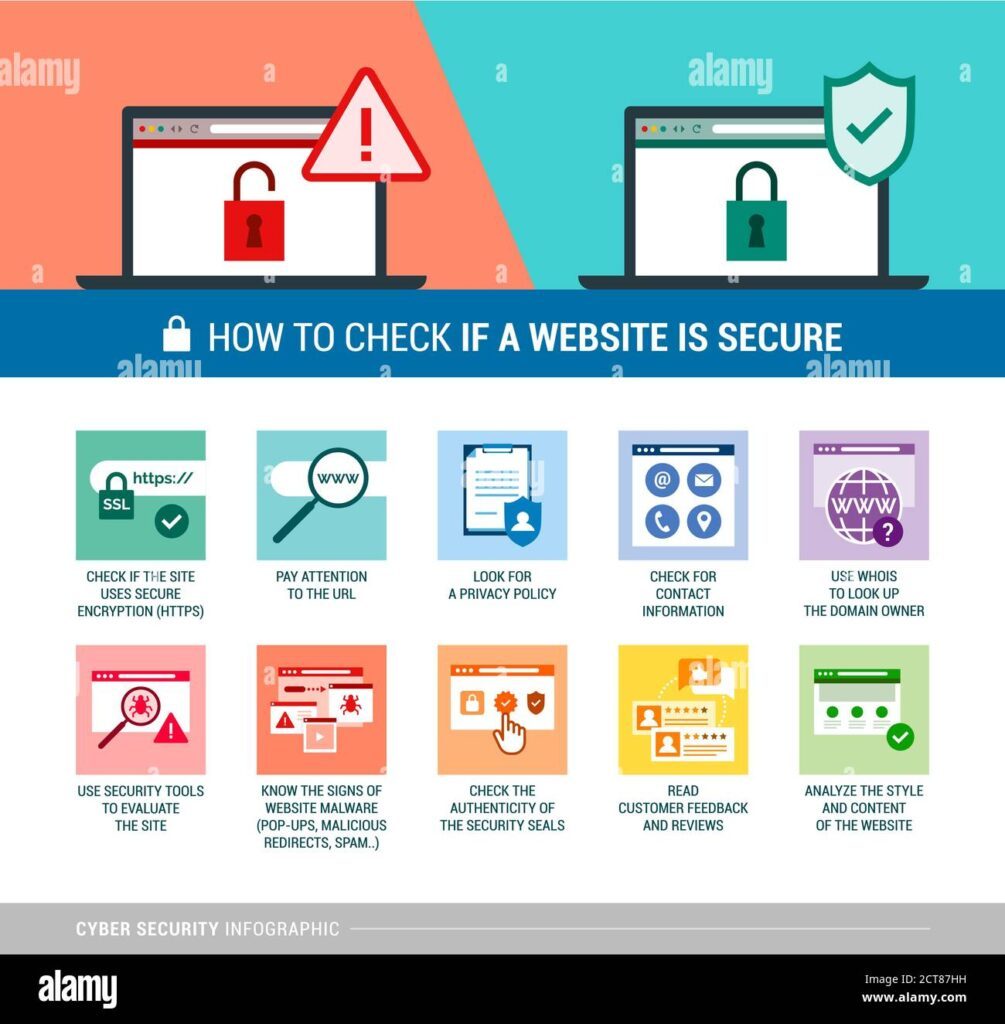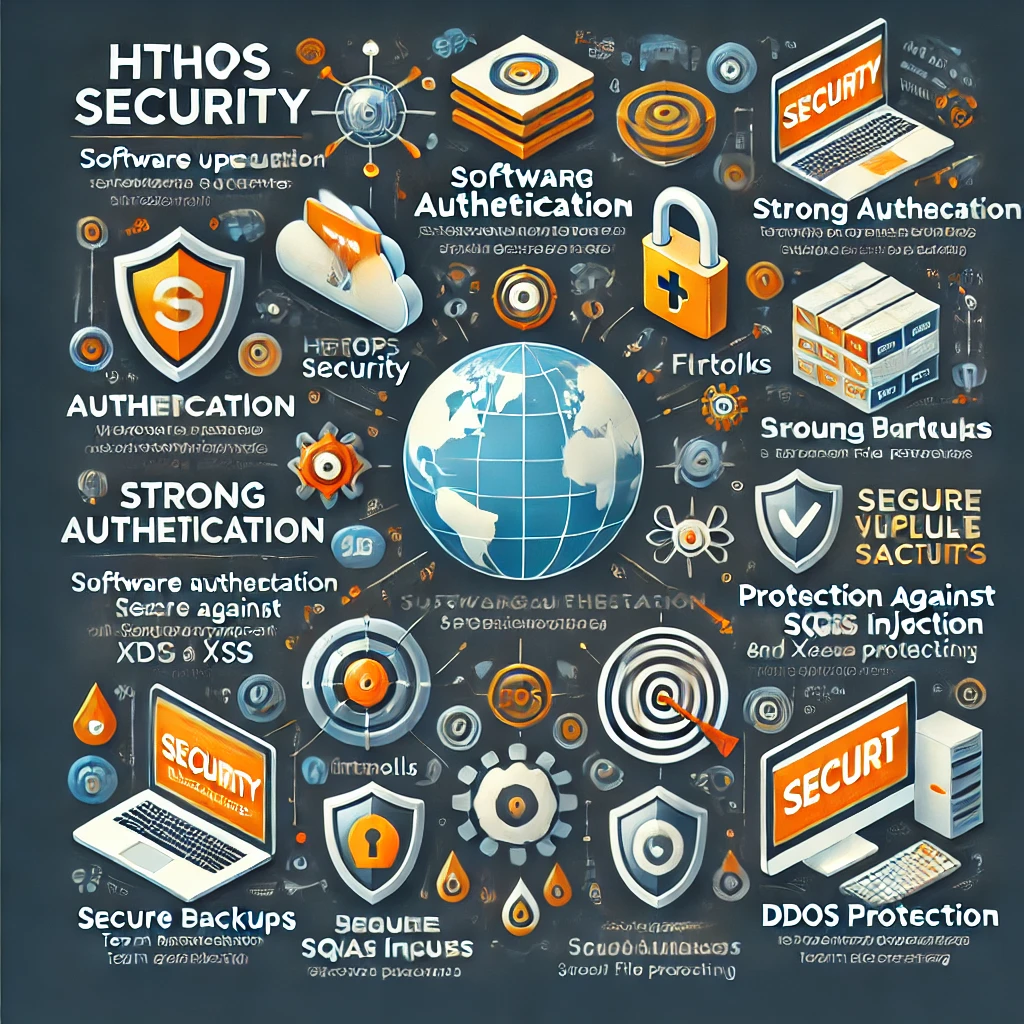Cybersecurity is a hot topic in the digital world today. Cyber attacks are increasing by the day, and hence it is necessary to secure your website to prevent leakage of sensitive information and loss of user trust. Here are the most basic steps to secure your website against possible attacks.

1. HTTPS with SSL/TLS Encryption
Secure Sockets Layer (SSL) and its successor, Transport Layer Security (TLS), encrypt data between users and your website. This means that attackers would not be able to intercept sensitive information such as user passwords and credit card details. Ensure that your website uses HTTPS to establish a secure connection.
2. Keep Software and Plugins Updated
Many hackers use bots to automatically scan site after site, looking for security vulnerabilities to attack, and they often find them in software plug-ins, add-ons and extensions. This is because plug-in architecture require users to update all their sites every time a software bug or security hole is fixed—and that leaves plenty of room for human error .For example, WordPress relies heavily on plugins, which causes 98% of its security vulnerabilities. Platforms like Wix take a safer approach—they only use web apps, which update automatically and security holes are fixed at the platform level, which are automatically deployed to all users.

3. Strong Authentication and Access Controls
Use unique, strong passwords for admin accounts.
Implement Multi-Factor Authentication (MFA) for an additional layer of security.
Limit login attempts to prevent brute-force attacks.
Restrict user permissions to limit unauthorized access.
4. Web Application Firewalls (WAF)
Hackers often exploit vulnerabilities in applications to insert malicious code that can enable them to steal credentials, destroy data, or even gain control of servers. This threat is called code injection, and it ranks first in the list of Top 10 Application Security Risks compiled by the OWASP Foundation.
The most effective tool for protecting against code injections is a WAF (for web application firewall). It inspects HTTP traffic before it reaches your application and protects your web server by filtering out threats such as cross site scripting (XSS) attacks that could damage your site functionality or compromise data. It’s a must-have in your website design.
5. Prevent SQL Injection and XSS Attacks
Hackers inject malicious SQL queries or scripts into input fields. Prevent this by:
Using parameterized queries to avoid SQL injection.
Validating and sanitizing user inputs to prevent XSS attacks.
Use Content Security Policy (CSP) to stop malicious scripts
04. Use anti-malware software
Malware is a pervasive threat that caused $2 trillion in damages last year. It comes in eight styles, including Trojan viruses, spyware, adware and ransomware. A study of 50,000 security incidents found that malware was delivered via email in 92% of the cases. Check if your hosting platform includes frequent malware scans and protection through firewalls and antivirus programs. Post site handover, your customers will need to keep up with the latest developments in malware and update their antivirus, browser and operating system regularly. Oh and don’t open suspicious emails.
7. Monitor and Scanning for Weaknesses
Use security scanners to scan on a regular basis for malware or weaknesses. Among the recommended scanning tools are:
OWASP ZAP
Secure Security Scanner
Google Search Console for alerting security incidents
8. Secure File Uploads
Allowing file uploads can introduce security risks. To minimize threats:
Restrict file types and scan uploaded files for malware.
Store uploaded files outside the web root directory.
9. DDoS Protection
Distributed Denial of Service (DDoS) attacks can crash your website by overwhelming it with traffic. Protect against DDoS by using:
Content Delivery Networks (CDN) like Cloudflare
Rate limiting and traffic filtering
Scalable hosting solutions
10. Set up two-factor authentication
Login forms make it easy for customers to sign into their accounts on business websites, but they’re also weak spots that attackers can exploit via brute-force attacks that try thousands of possible login credentials. Prevent access by adding layers of protection, such as limiting the number of log-in attempts a user can make in one session or requiring visitors to prove they’re not robots by signing in with a reCAPTCHA tool.
Two-factor authentication (2FA) adds an extra layer of security by requiring users to provide a second form of identification, such as a one-time code sent via text message, in addition to their password. This makes it harder for hackers to gain unauthorized access even if they have obtained a user’s password
Conclusion
Securing your website is an ongoing process that requires vigilance and proactive measures. By following these best practices, you can minimize cyber threats and protect your website, data, and users. Invest in robust security measures today to avoid costly breaches in the future.






